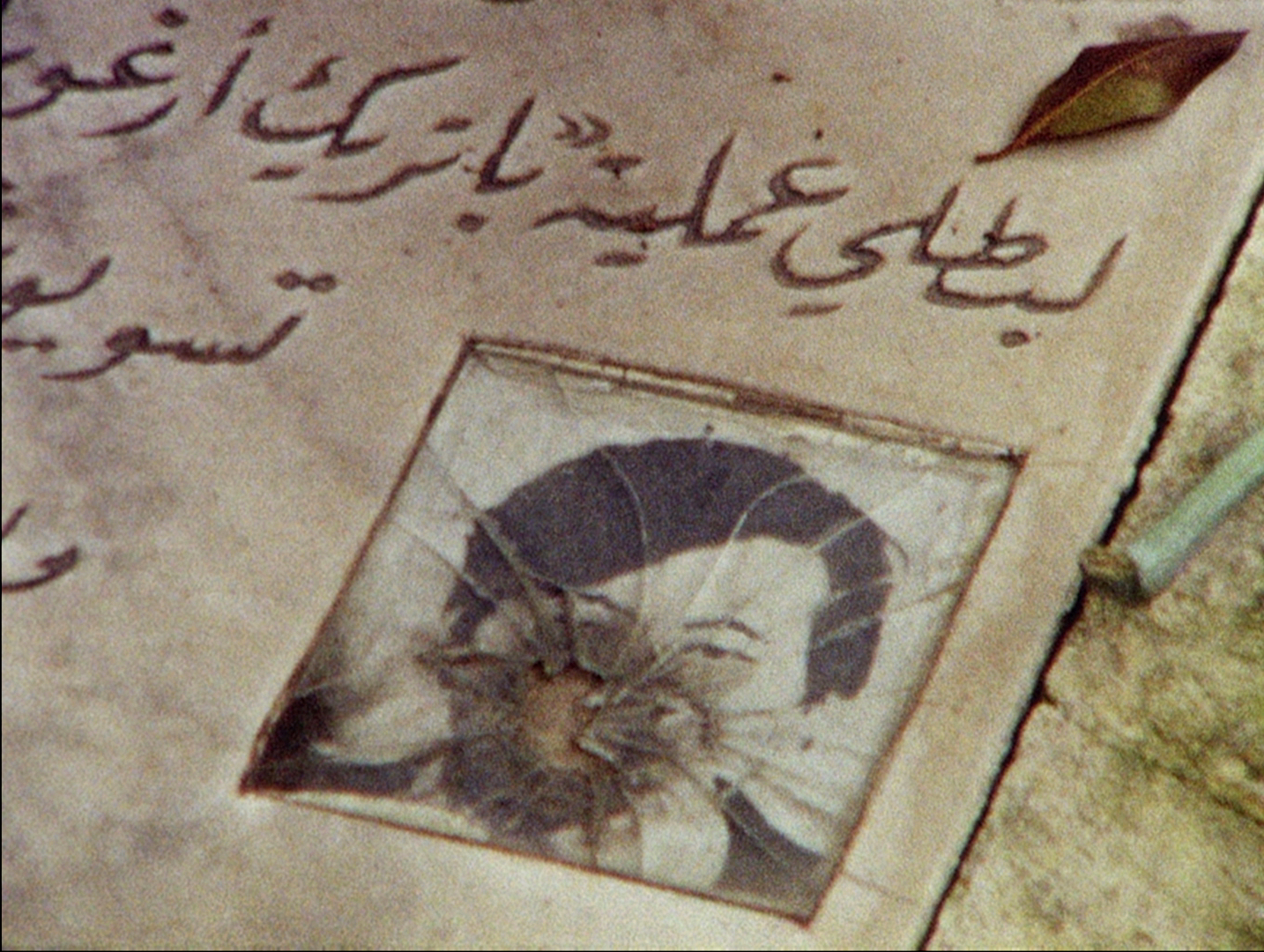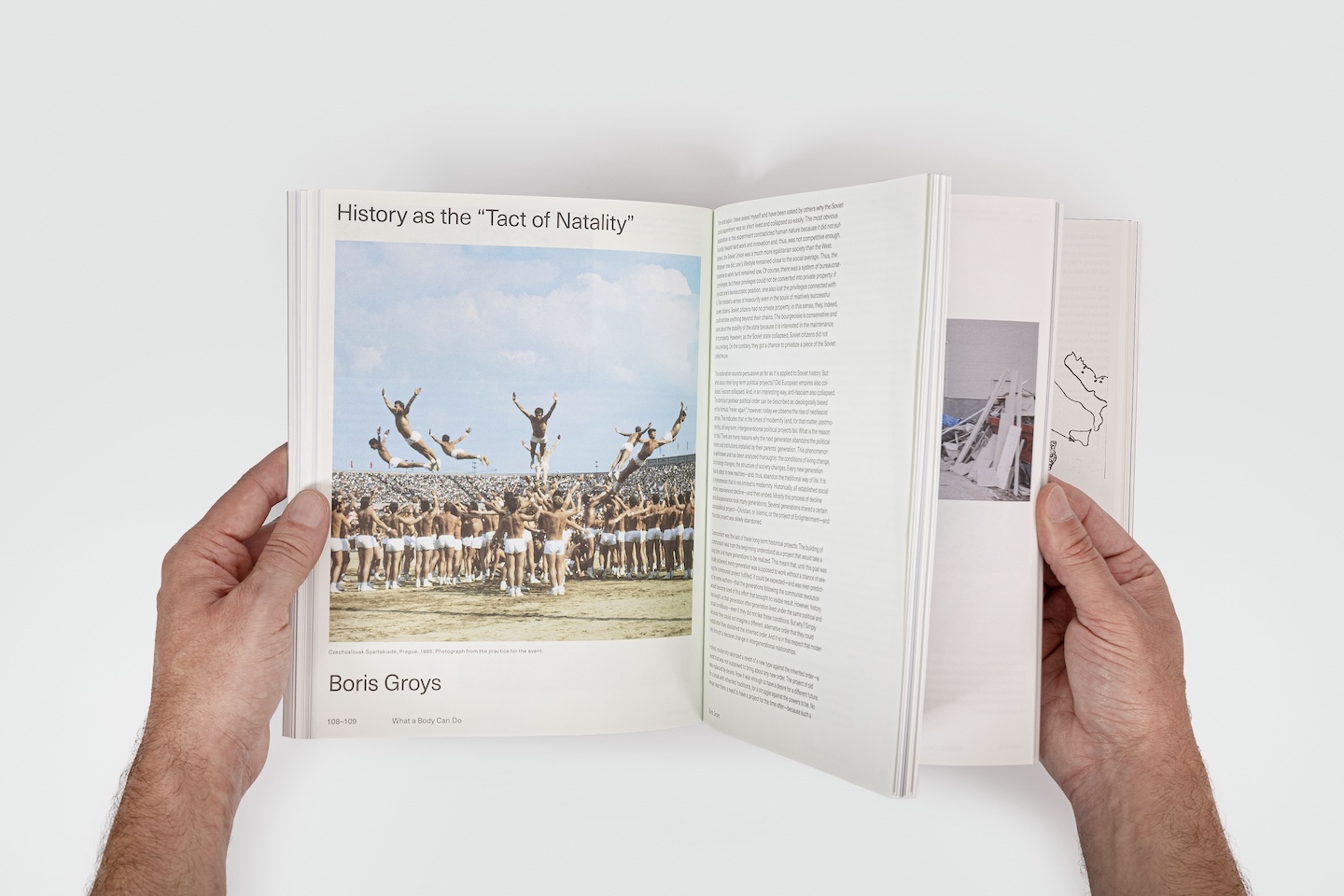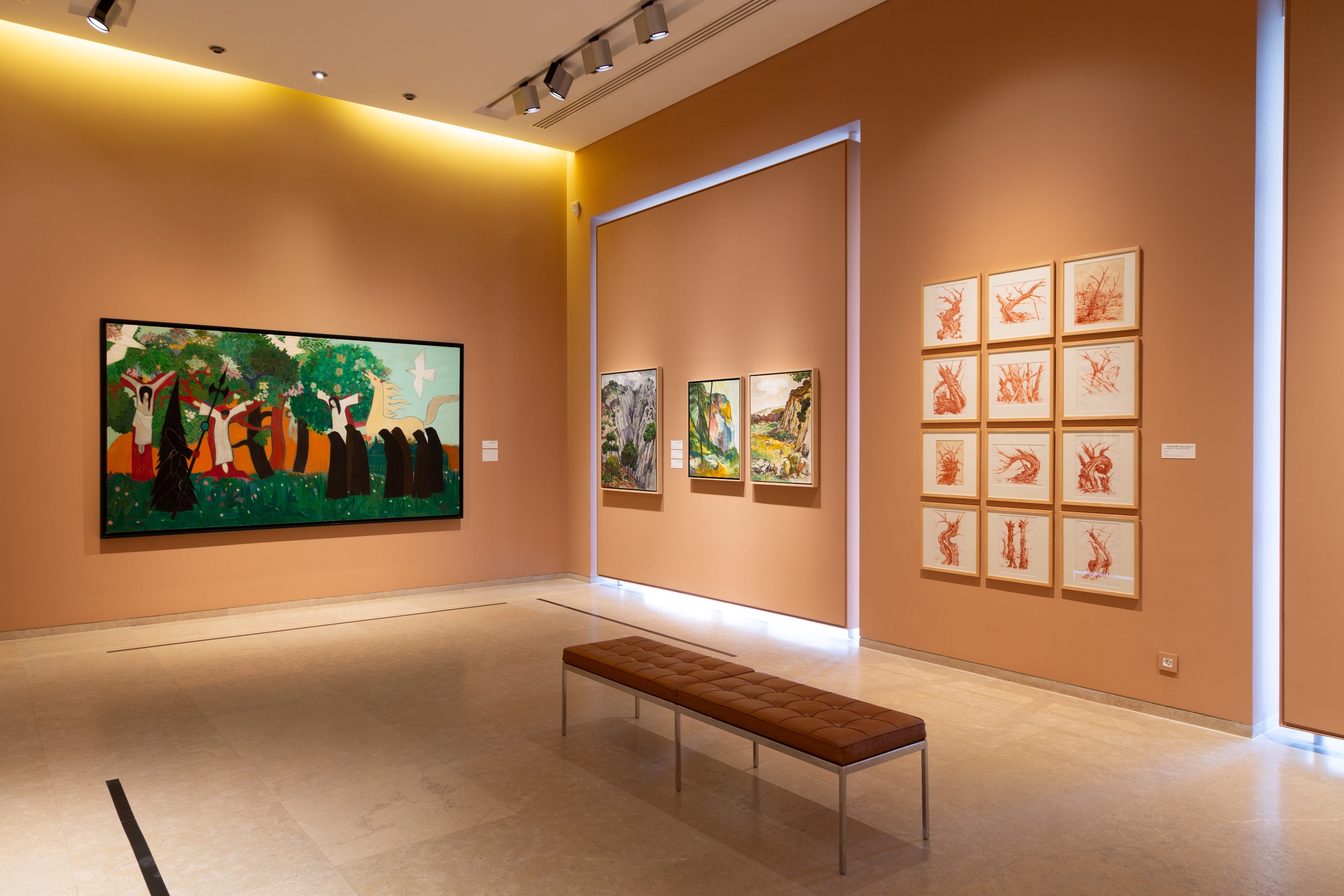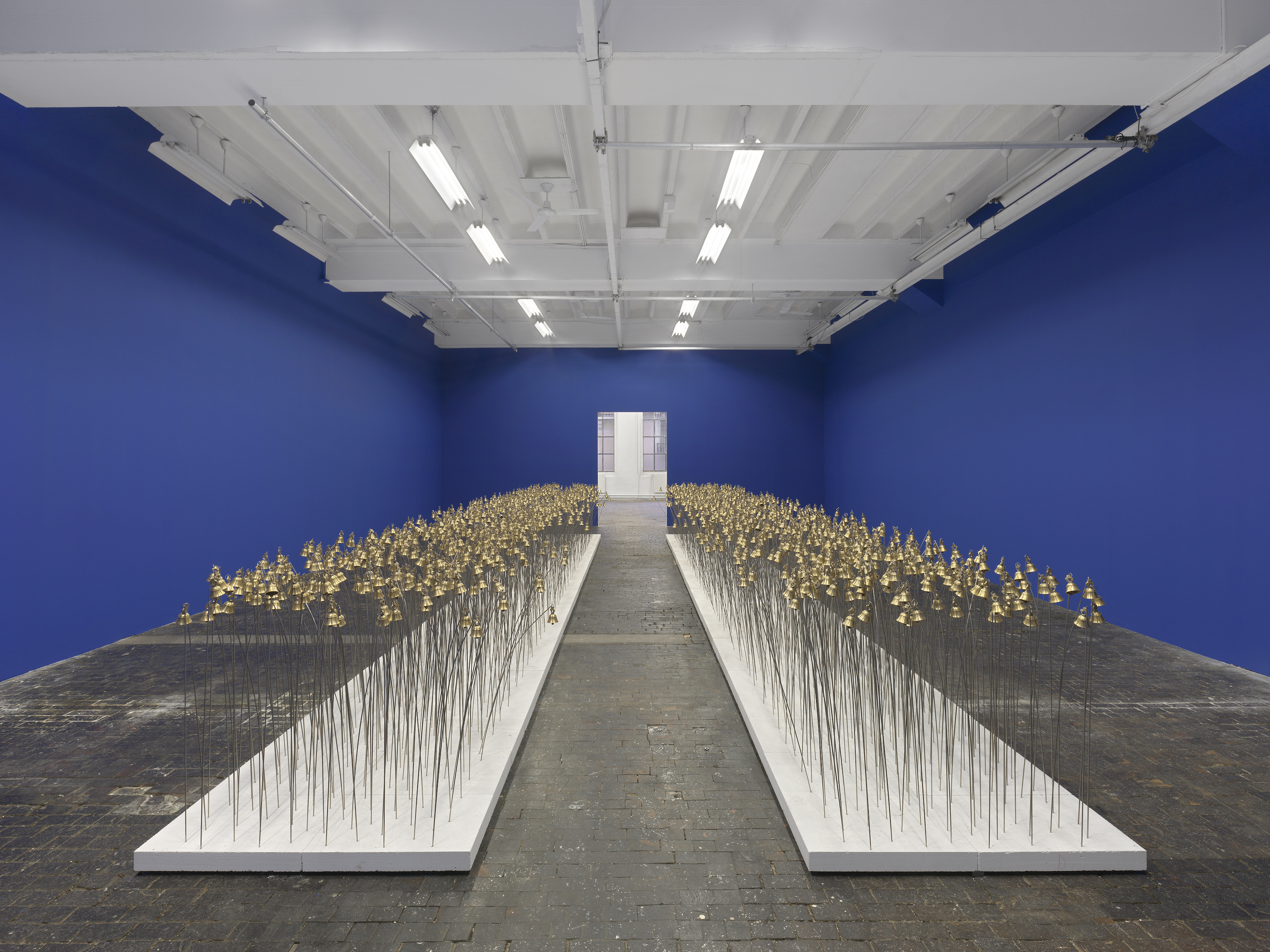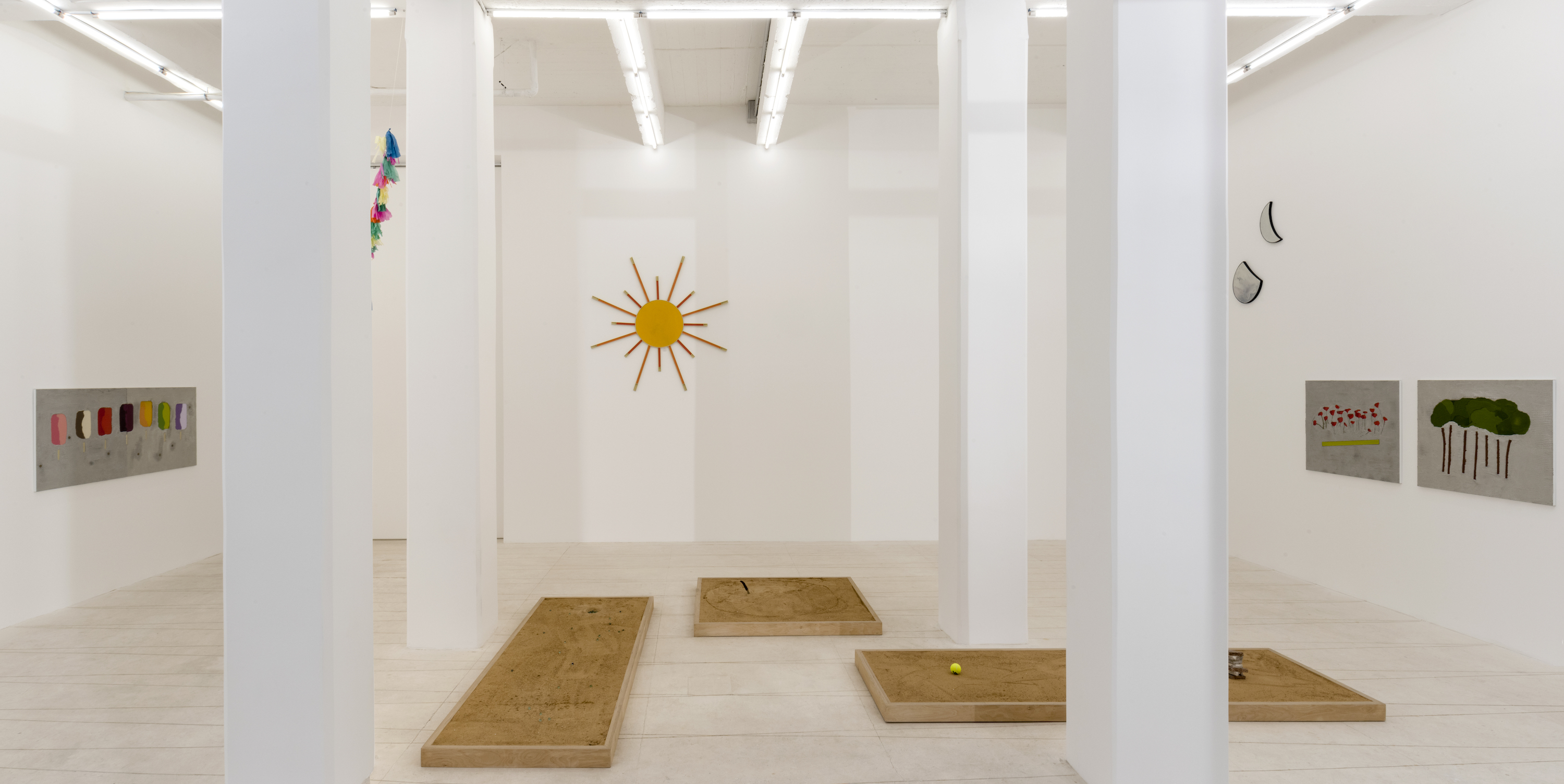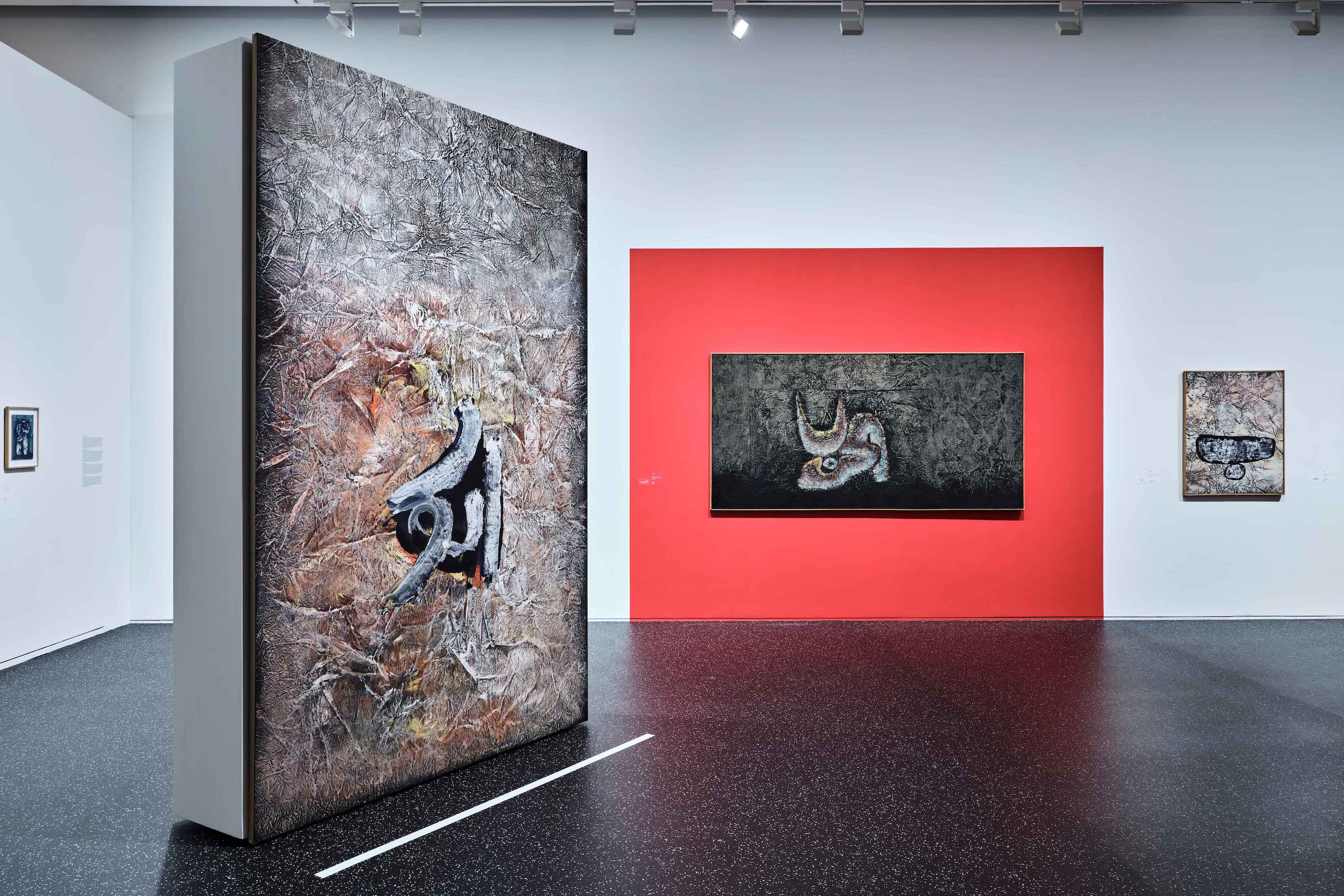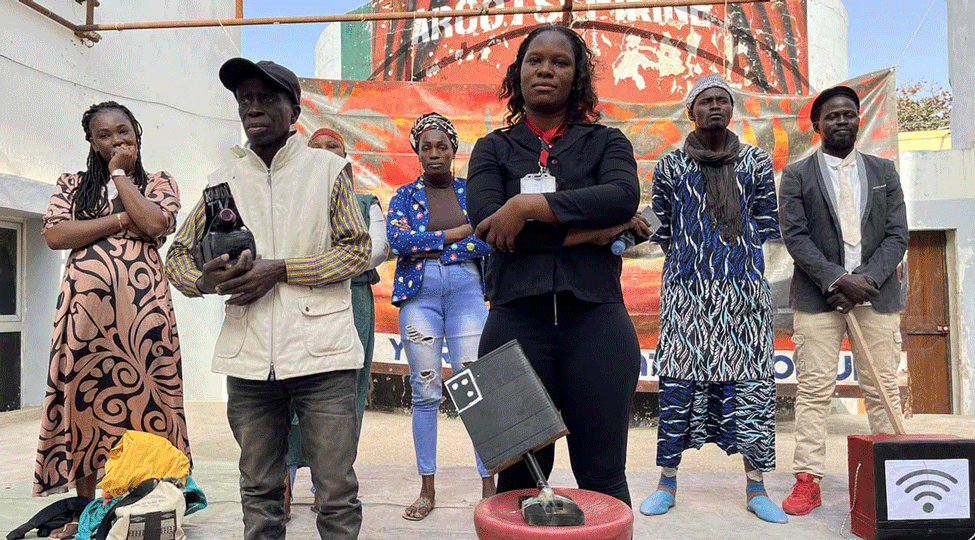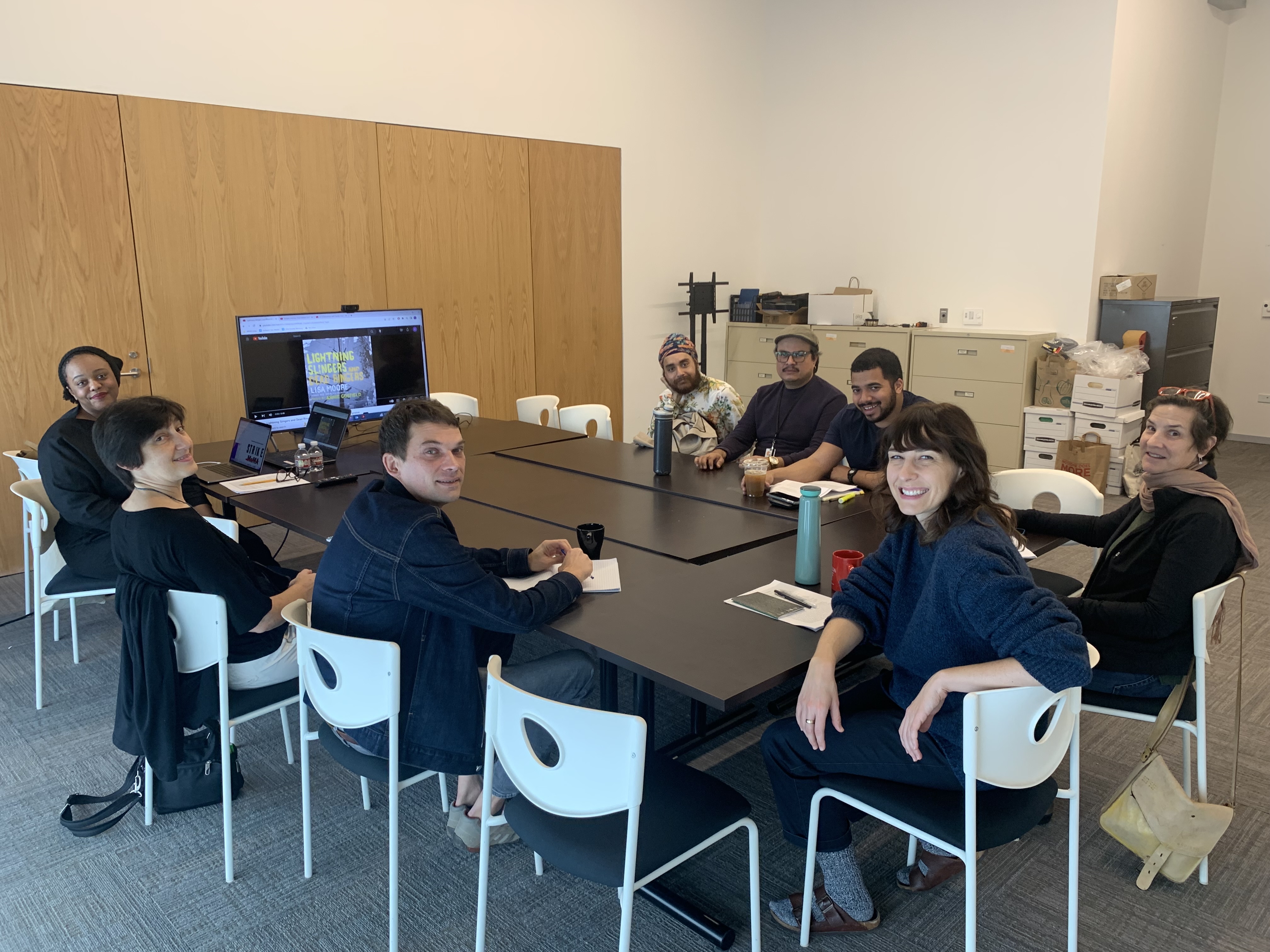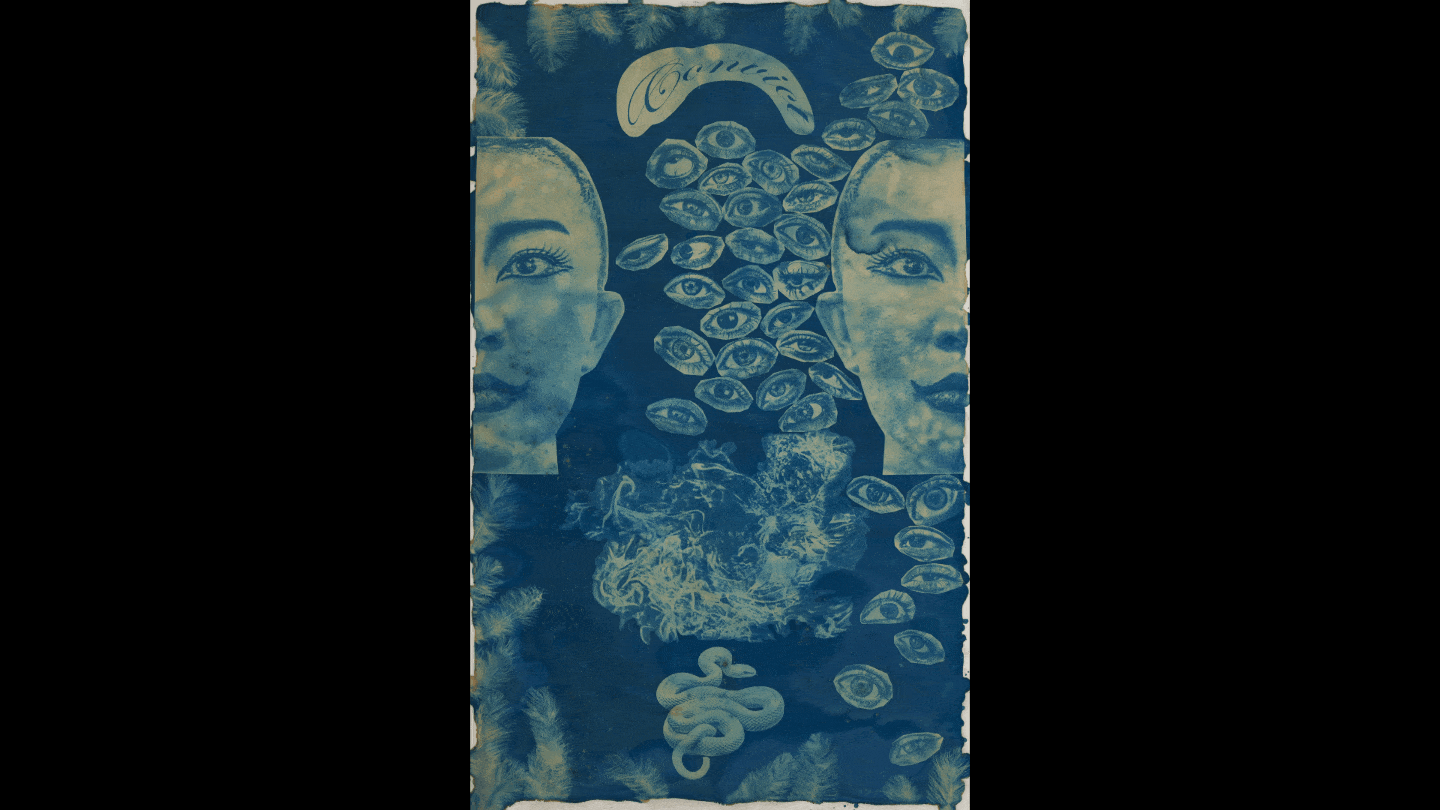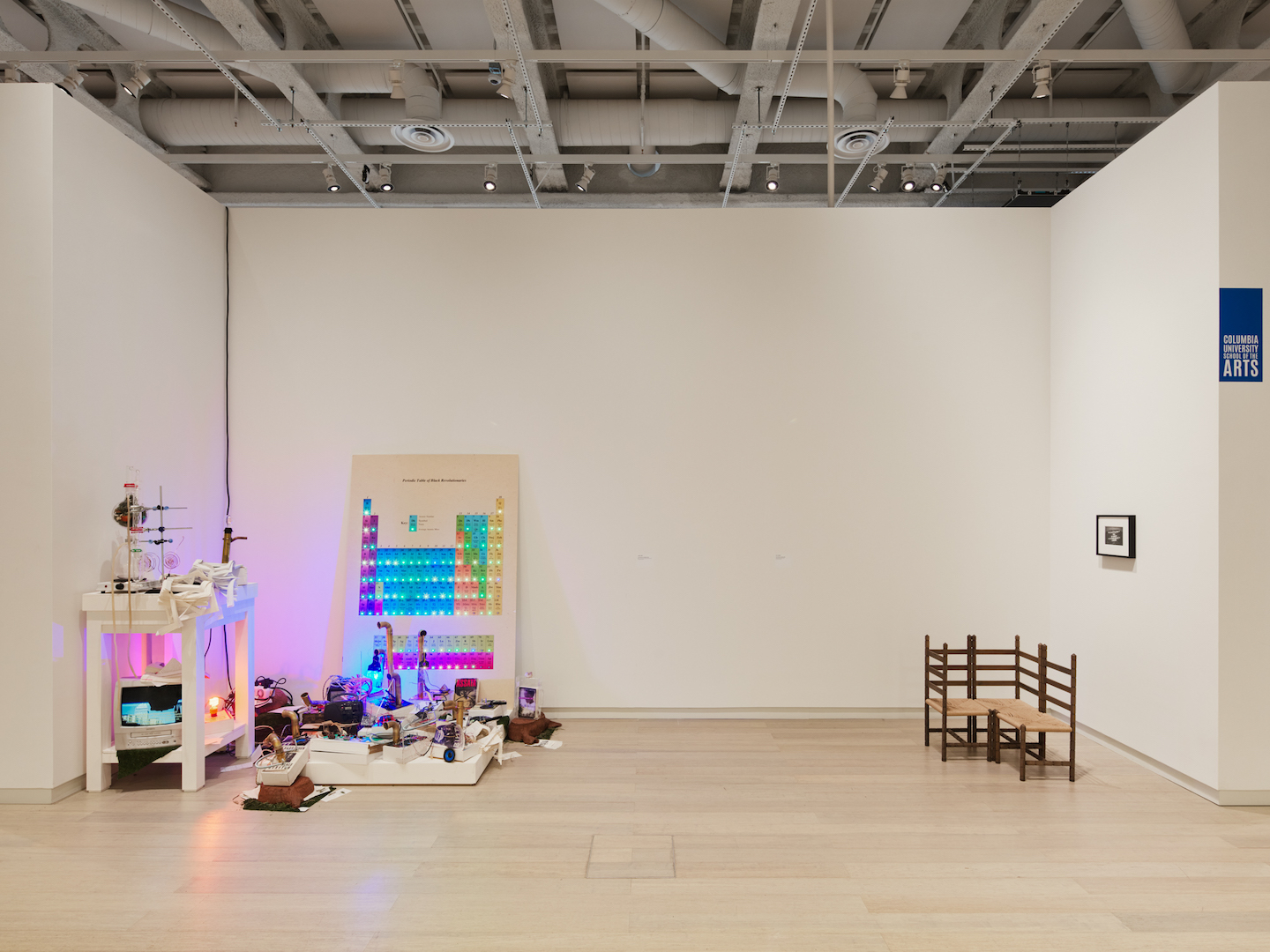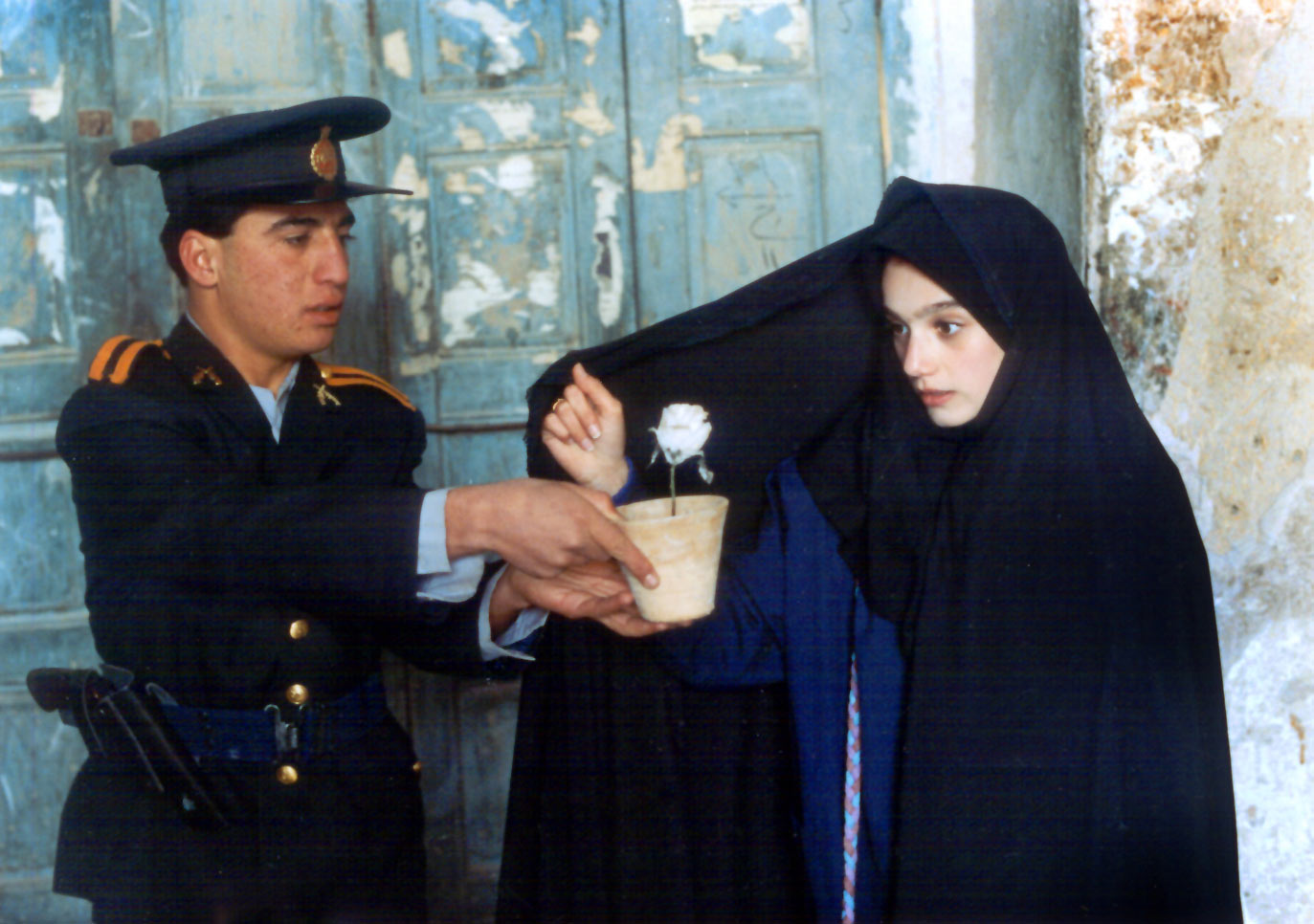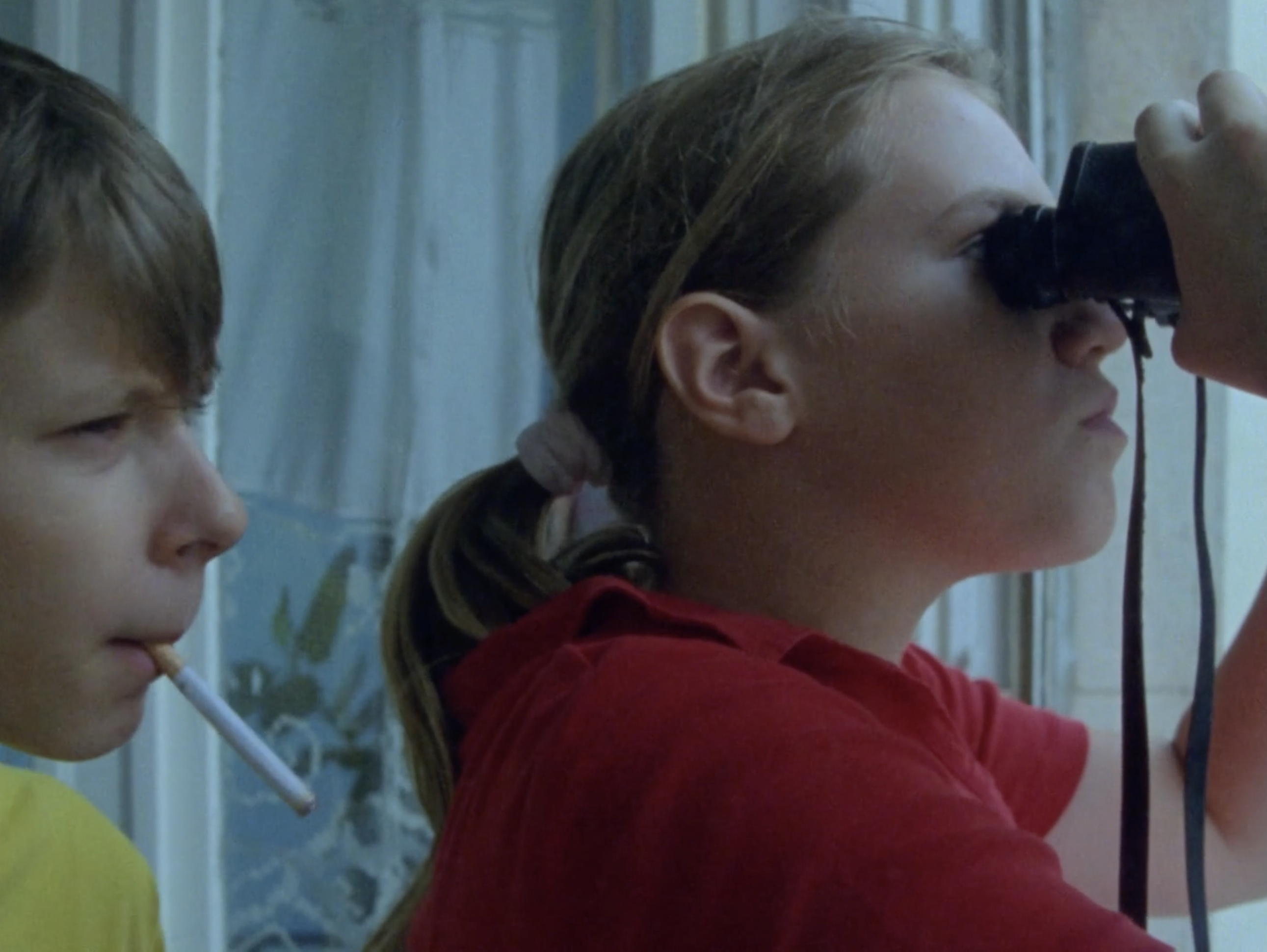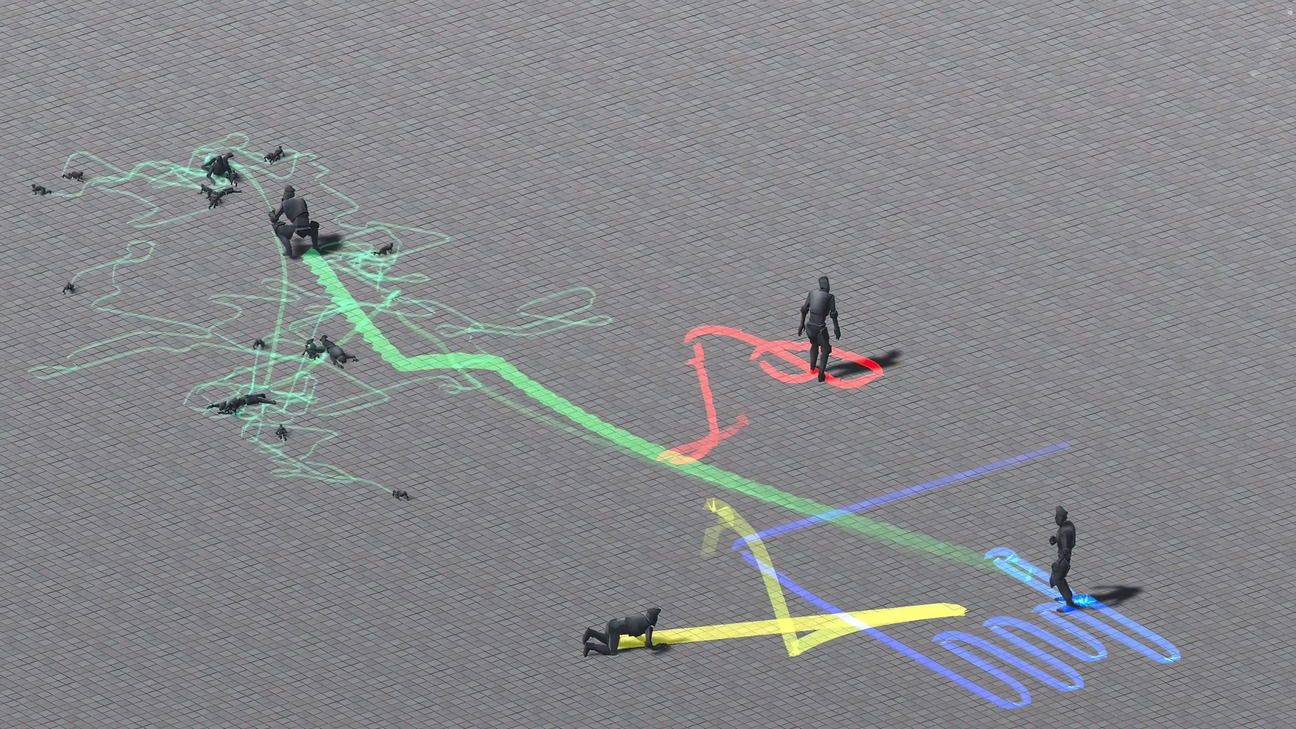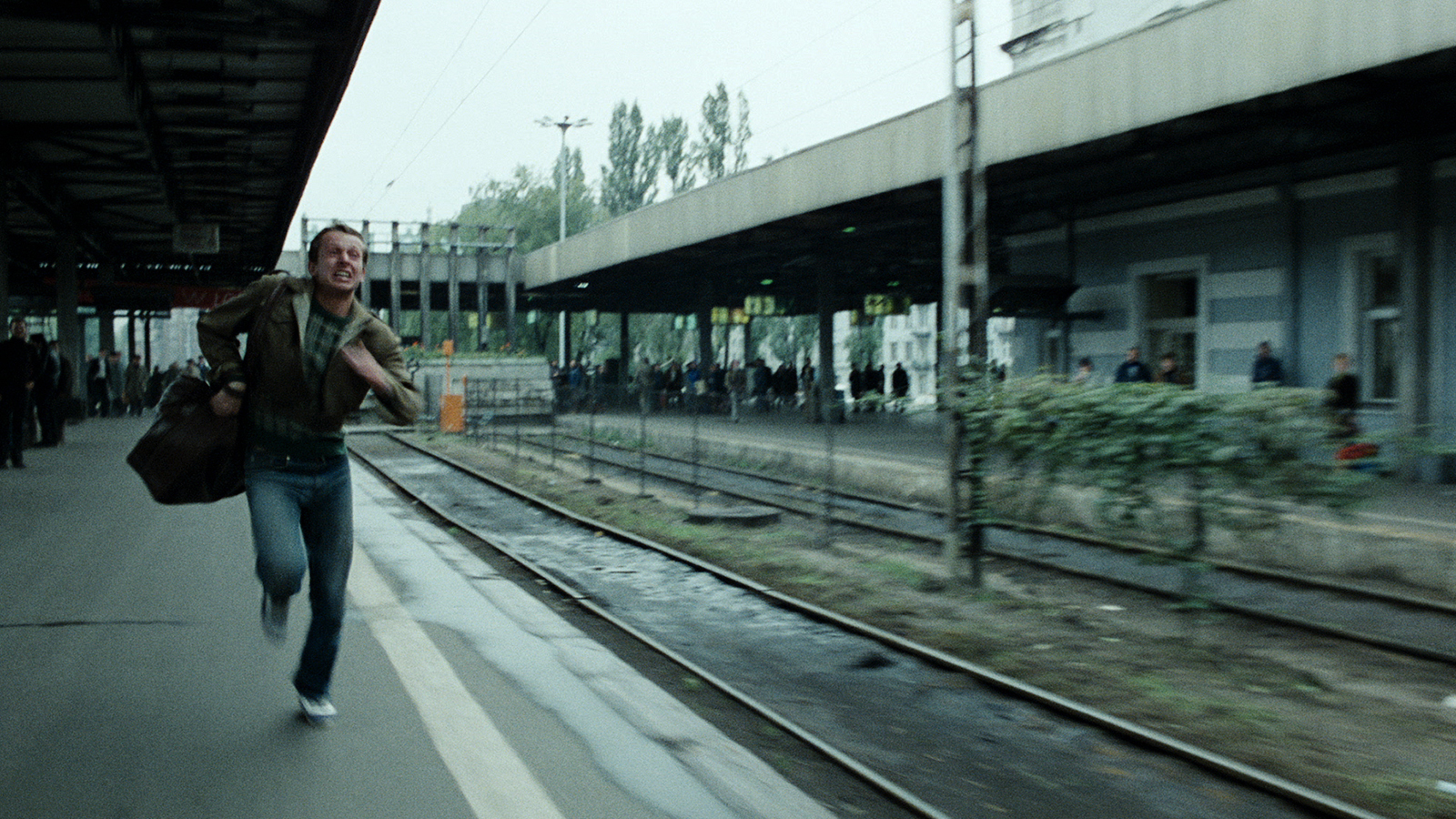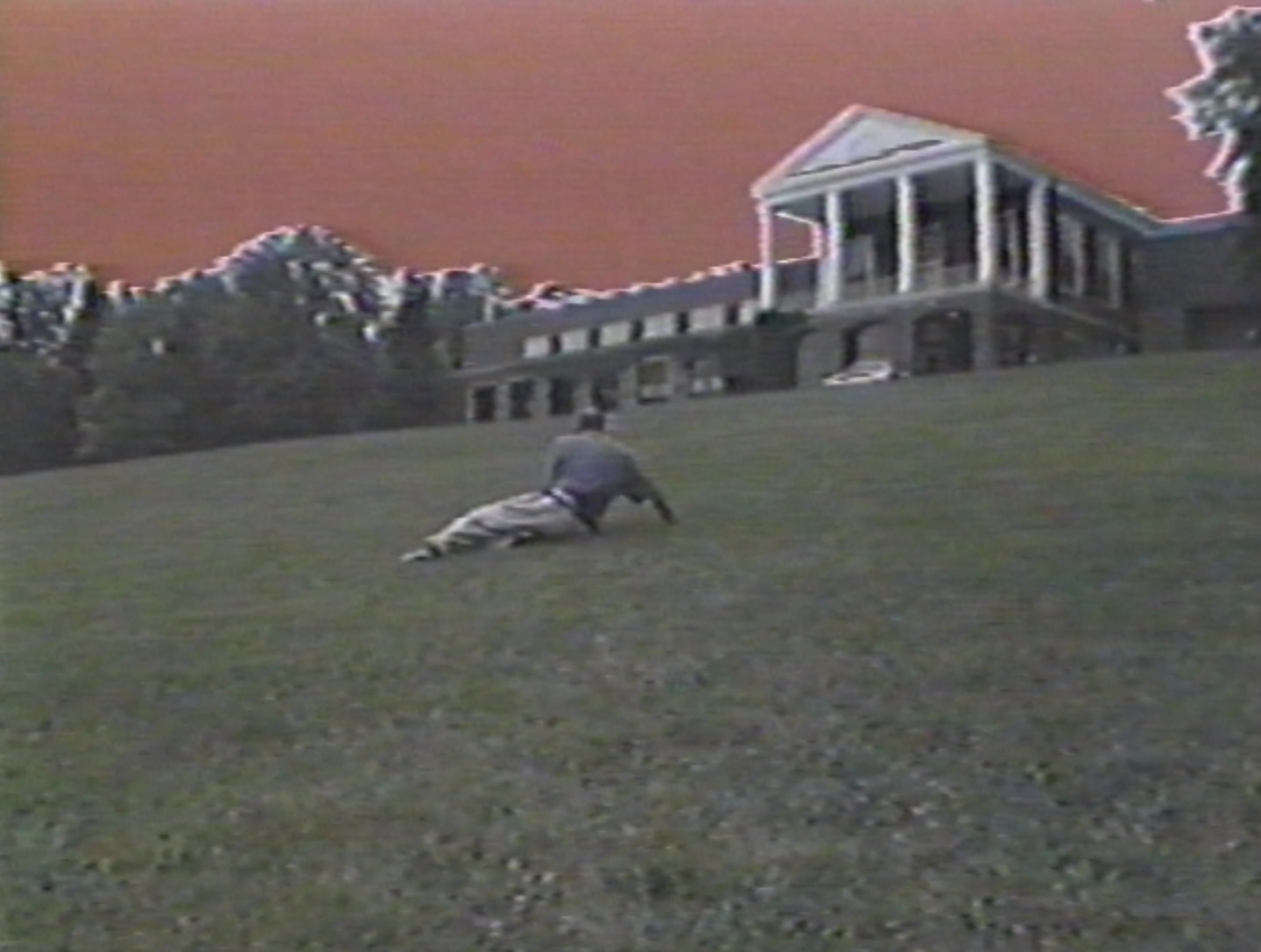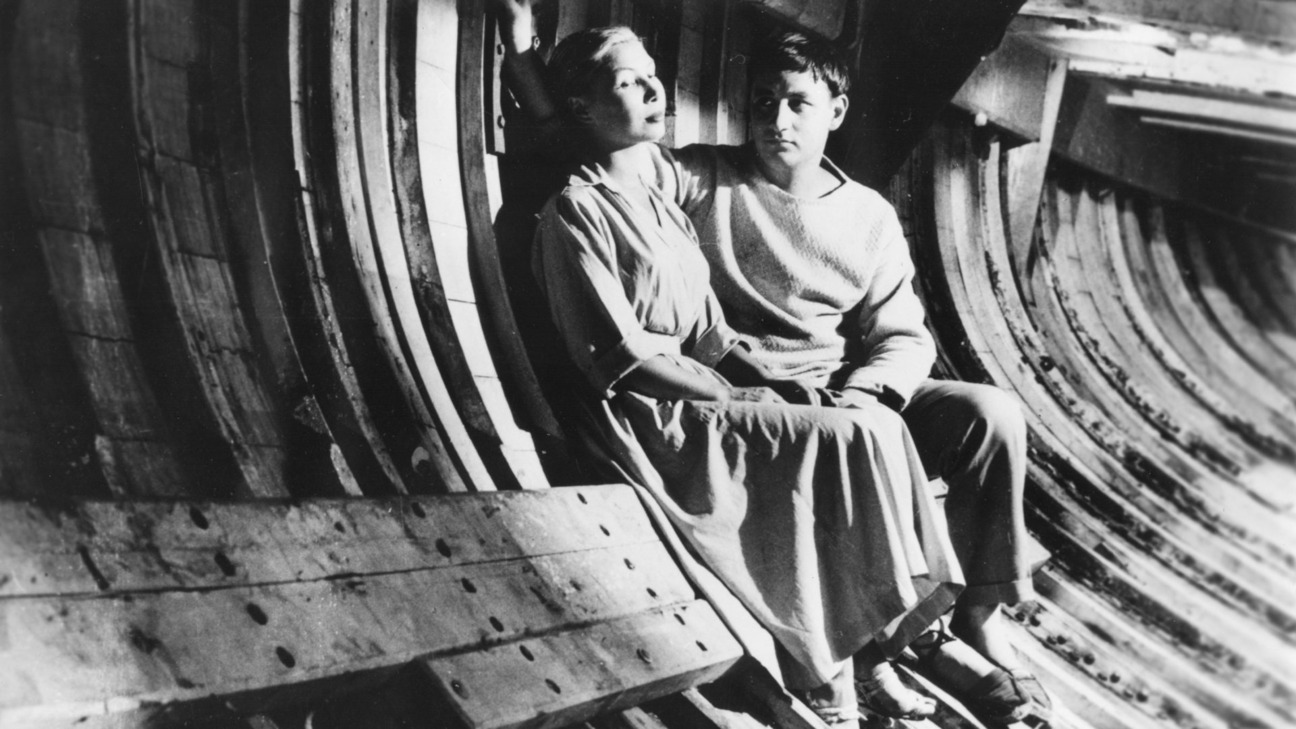Éric Baudelaire:
To Do With
Screening: Naeem Mohaiemen, United Red Army and Éric Baudelaire, The Anabasis of May and Fusako Shigenobu, Masao Adachi and 27 Years without Images
Conversation: Éric Baudelaire, Naeem Mohaiemen, and Kaelen Wilson-Goldie
Tickets
Admission starts at $5
December 3, 2021, 6pm
Brooklyn 11205
USA
e-flux Screening Room presents Naeem Mohaiemen's United Red Army (2011, 70 minutes) and Éric Baudelaire's The Anabasis of May and Fusako Shigenobu, Masao Adachi and 27 Years without Images (2011, 66 minutes), followed by a conversation between Mohaiemen, Baudelaire, and writer Kaelen Wilson-Goldie.
The screening and conversation comprise Part Two of Éric Baudelaire: To Do With, a four-day program taking place December 2-5 at e-flux Screening Room, 172 Classon Ave, Brooklyn. The program will present a selection of films and films-in-progress by Éric Baudelaire, in dialogue with works by Chantal Akerman and Naeem Mohaiemen, and followed by conversations with special guests Omar Berrada, Stuart Comer, Dennis Lim, Naeem Mohaiemen, Paige Sarlin, and Kaelen Wilson-Goldie.
Naeem Mohaiemen, United Red Army (The Young Man Was Part I)
2011
70 minutes
September 1977. The Japanese man speaks in halting English; the Bangladeshi negotiator with the clipped confidence of an army officer. A color scheme suggests order in the exchange: green, red, and the occasional white. But underneath the schema of a dark screen—subtitle sans image—lies a waiting unravelling. The Japanese Red Army had attached to the Palestinian cause, and through that to an idea of global pan-Arabism. But the high-value hostage turned out to be an Armenian banker from California, and the Democratic Party Congressman on honeymoon negotiated a call to the White House only to be greeted by Jimmy Carter’s answering service. The hostage terrain was not an “Islamic Republic,” as the hijackers thought, but a turbulent new country ricocheting between polarities and imploding in the process.
Instead of being the willing platform for the Japanese Red Army’s ideas of “Third World revolution,” the actual Third World hit back in unexpected ways, turning the hijackers into helpless witnesses. The lead negotiator, codename “Dankesu,” says with baffled understatement and halting English: “I understand you have some internal problems.” An eight-year-old watches the television screen with growing confusion—the screen shows an unmoving control tower for hours on end, and he wants his favorite show to start again.
Éric Baudelaire, The Anabasis of May and Fusako Shigenobu, Masao Adachi and 27 Years without Images
2011
66 minutes
The political and personal epic of the Japanese Red Army is recounted as an anabasis—a journey that is both a wandering towards the unknown and a return towards home. From Tokyo to Beirut amid the post-1968 ideological fever, and from Beirut to Tokyo at the end of the Red Years, the thirty-year trajectory of a radical fringe of the revolutionary left is recounted by two of its protagonists. One of them is May Shigenobu, daughter of the founder of the small group, who witnessed it closely. Born in secrecy in Lebanon, a clandestine life was all she knew until age 27. But a second life began with her mother’s arrest, and May’s adaptation to a suddenly very public existence. The other is Masao Adachi, the legendary Japanese experimental director who gave up cinema to take up arms with the Japanese Red Army and the Palestinian cause in 1974. For this theorist of the fûkeiron (a movement of Japanese filmmakers who filmed the landscape to reveal ubiquitous structures of power) his 27 years of voluntary exile were without images, since those he filmed in Lebanon were destroyed on three separate occasions during the war. It is therefore words, testimony, memory (and false memory) that structure The Anabasis of May and Fusako Shigenobu, Masao Adachi and 27 Years without Images. Two intersecting accounts mix personal stories, political history, revolutionary propaganda, and film theory. Thirty years of self-invention in which the recurring theme is the question of images: public images produced by the media in response to terrorist operations planned for the television era, and personal images that are lost or destroyed amid the chaos of the struggles. Adopting an experimental documentary format, the accounts of May Shigenobu and Masao Adachi overlay new fûkeiron images, filmed in Super 8 in the contemporary landscapes of Tokyo and Beirut.
